- Lake County News reports
Space News: Excellent prospects for August's Perseid meteors
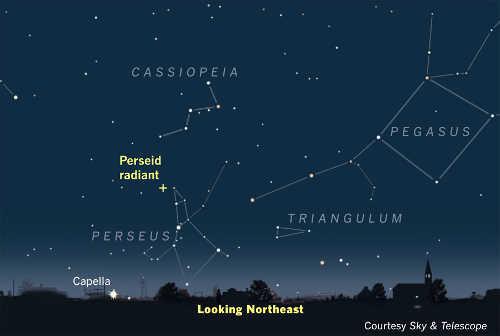
The Perseid meteor shower, an annual celestial event beloved by millions of skywatchers around the world, returns to the night sky this week. And because the Moon will be just past new, no moonlight will hinder the view.
Sky & Telescope magazine predicts that the Perseid shower will be at or near its peak late on Sunday night (late on Aug. 11 and early morning on Aug. 12) and on Monday night (August 12-13).
"The nearly moonless sky this year means the viewing will be excellent," noted Alan MacRobert, a senior editor at Sky & Telescope.
Although an occasional Perseid meteor might catch your attention shortly after evening twilight ends, the prime viewing hours are from about 11 p.m. or midnight (local time) until the first light of dawn.
This is when the shower's “radiant,” its perspective point of origin, is high up in your sky. The higher the radiant, the more meteors appear all over the sky.
To enjoy the Perseids, you need no equipment but your eyes. Find a dark spot with a wide-open view overhead. Bring a reclining lawn chair or a ground cloth so you can lie back and watch the sky in comfort. Bundle up in blankets or a sleeping bag, both for mosquito shielding and for warmth; clear nights can grow surprisingly chilly under the open stars (due to radiational cooling).
“Relax, be patient, and let your eyes adapt to the dark,” said Robert Naeye, Sky & Telescope's editor in chief. “With a little luck you'll see a ‘shooting star’ every minute or so on average.”
Perseids can appear anywhere and everywhere in the sky. So the best direction to watch is wherever your sky is darkest, usually straight up. Faint Perseids appear as tiny, quick streaks. Occasional brighter ones may sail across the heavens for several seconds and leave a brief train of glowing smoke.
When you see a meteor, track its path backward. If you eventually come to the constellation Perseus — which climbs the northeastern sky as the night progresses, as seen at right — then a Perseid is what you’ve just witnessed.
Occasionally you may spot an interloper. The weaker Delta Aquariid and Kappa Cygnid showers are also active during Perseid season, and there are always a few random, “sporadic” meteors. All of these track back to other parts of the sky.
Any light pollution will cut down the numbers visible. So will the radiant's lower altitude if you’re viewing early in the night.
But the brightest few meteors shine right through light pollution, and the few that happen when the radiant is low are especially long — skimming the upper atmosphere and flying far across the heavens.
In fact, a recent NASA analysis of all-sky images taken from 2008 to 2013 shows that the Perseids deliver more bright meteors (those that outshine any star) than any other annual meteor shower.
How and why
Meteors are caused by tiny, sand- to pea-size bits of dusty debris streaking into the top of Earth's atmosphere about 80 miles up.
Each Perseid particle zips in at 37 miles per second, creating a quick, white-hot streak of superheated air. The nuggets in Grape Nuts cereal are a close match to the estimated size, color and texture of typical meteor-shower particles.
These particular bits were shed long ago by Comet Swift-Tuttle and are distributed all along the comet's orbit around the Sun. Earth passes through this tenuous "river of rubble" every year in mid-August.
More about the Perseids and how to watch them appears in the August issue of Sky & Telescope magazine and at www.SkyandTelescope.com/Perseids .
Anyone can download Sky & Telescope's new free ebook, “Shooting Stars,” at http://media.skyandtelescope.com/documents/meteors-free-ebook.html .
For more skywatching information and astronomy news, visit www.SkyandTelescope.com or pick up Sky & Telescope, the essential magazine of astronomy since 1941.

 How to resolve AdBlock issue?
How to resolve AdBlock issue? 













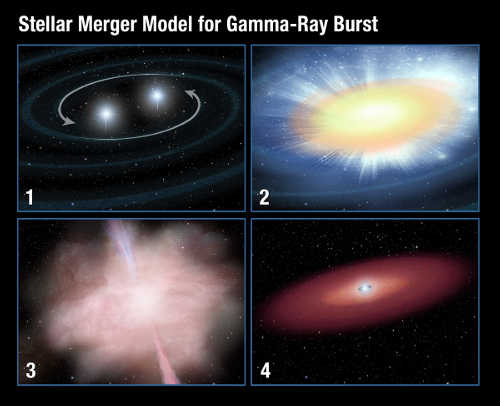

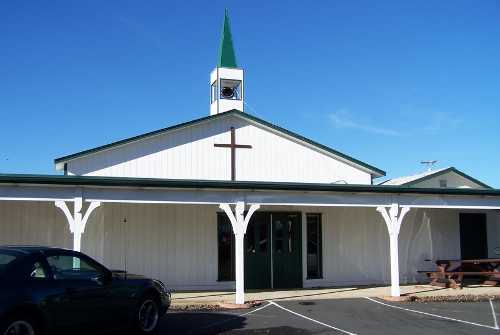

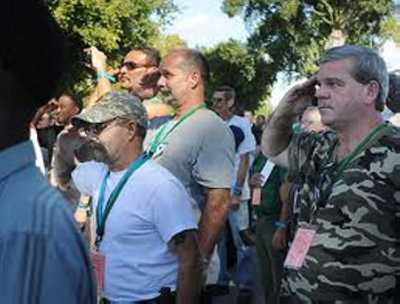

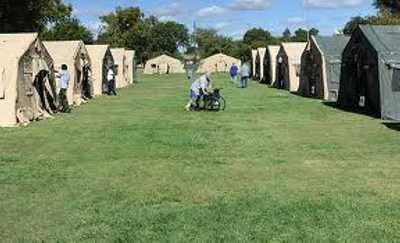
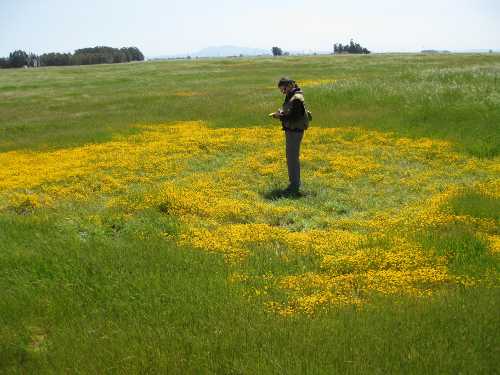
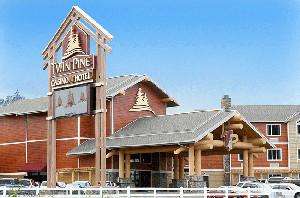 MIDDLETOWN, Ca – Twin Pine Casino & Hotel reports that a Washington state resident touring the area hit it big on her very first visit to the casino.
MIDDLETOWN, Ca – Twin Pine Casino & Hotel reports that a Washington state resident touring the area hit it big on her very first visit to the casino.



